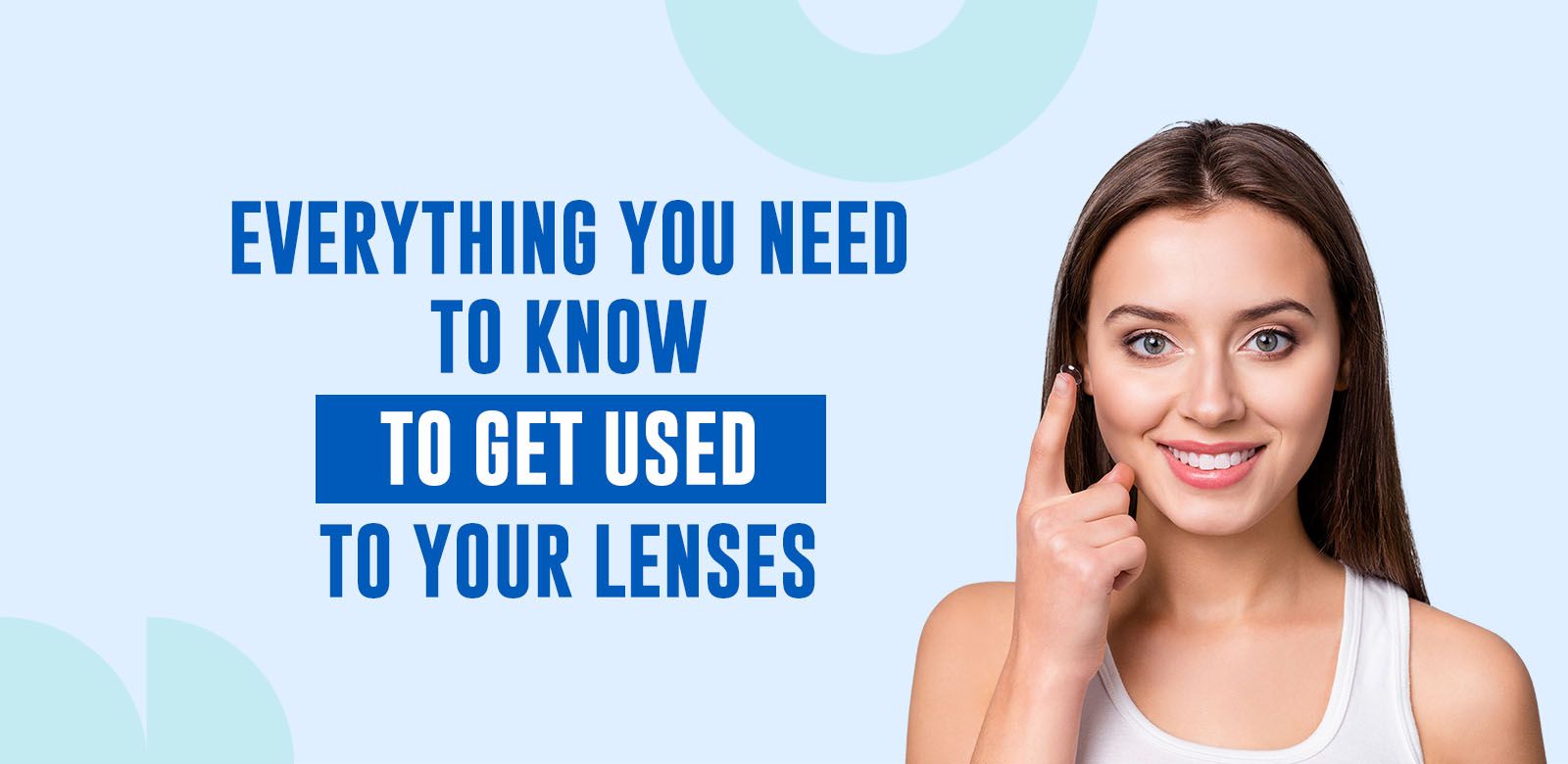

Have you started wearing contact lenses and are wondering how long it will take to get used to them? This is a perfectly normal question. Getting accustomed to this new way of correcting your vision is a process that varies from person to person.
In this article, we explain the necessary adaptation period, the factors that can influence this time, and some tips to make the transition as smooth as possible.
Factors influencing your adaptation
Several factors can influence the time it takes for you to get used to contact lenses:
-
Your lens type: Not all lenses are the same and they don’t require the same adaptation time. Soft contact lenses are generally easier to tolerate from the start, while rigid lenses may require a longer adaptation period. Daily lenses, which are replaced every day, are often more comfortable, whereas extended-wear lenses may take a bit more time to get used to.
-
Your eye sensitivity: Everyone has different sensitivity levels. If your eyes are particularly sensitive, you might experience discomfort for longer than others. This also depends on the natural moisture of your eyes. People with dry eyes may take a little longer to adjust.
-
Your wearing frequency: How often you wear them can also play a role. If you wear them daily, your eyes will get used to them faster than if you only use them occasionally. To speed up the process, it’s recommended to wear them a bit more each day.
-
Your environment: This could also affect how quickly you adapt to contact lenses. For example, if you work in an air-conditioned office or a dusty area, your eyes may dry out more quickly, which could extend the time needed to get used to them.
Steps to get used to contact lenses
-
The first few days can be confusing. You might feel slight discomfort, an increased need to blink, and a general sense of unease. This is normal as your eyes are not yet accustomed to them. During this period, it’s advised to wear them for only a few hours at a time, then gradually increase the wearing time each day.
-
During the first week, your eyes will start to adjust. The initial discomfort will begin to subside. However, you might still feel some slight eye fatigue at the end of the day. Continue to gradually increase your wearing time, and don’t forget to hydrate your eyes with eye drops if necessary.
-
After about two weeks, most people feel much more comfortable with their lenses. Your eyes should be almost or completely used to their presence, and you’ll likely be able to wear them all day without significant discomfort. If discomfort persists at this stage, we recommend consulting your ophthalmologist.
Our tips
-
Follow your ophthalmologist’s recommendations: It’s essential to follow your ophthalmologist’s recommendations regarding the use of your lenses. This includes adhering to wearing schedules, cleaning methods, and advice on replacement frequency. Regular check-ups with your eye specialist will also help ensure that everything is going well.
-
Take your time: Don’t rush it. It’s better to start by wearing them for a few hours a day and gradually increasing the time over the days. This allows your eyes to adapt slowly, reducing the risk of discomfort.
-
Keep your eyes hydrated: Dry eyes are a common issue for lens wearers. To alleviate this, use moisturising eye drops like Blink or Systane, specifically designed for contact lenses. This can greatly improve your comfort during the adaptation period.
-
Get used to the maintenance routine: Lens care is crucial to avoid infections and maintain comfort. Learn to clean them properly with products like Aosept or Opti-Free and store them correctly.
However, if you still feel discomfort after several weeks, it’s essential to consult your doctor. Symptoms like persistent blurred vision, eye pain, or unusual redness could indicate a more serious issue that requires medical attention.
Getting used to contact lenses is a process that requires a bit of patience, but it’s worth it to enjoy clear vision without glasses. Generally, most people adapt within a few days, while for some, it may take a few weeks.
By following our tips, you should be able to adjust smoothly and fully enjoy the benefits. And always remember to consult your ophthalmologist if you have any doubts or persistent issues.





